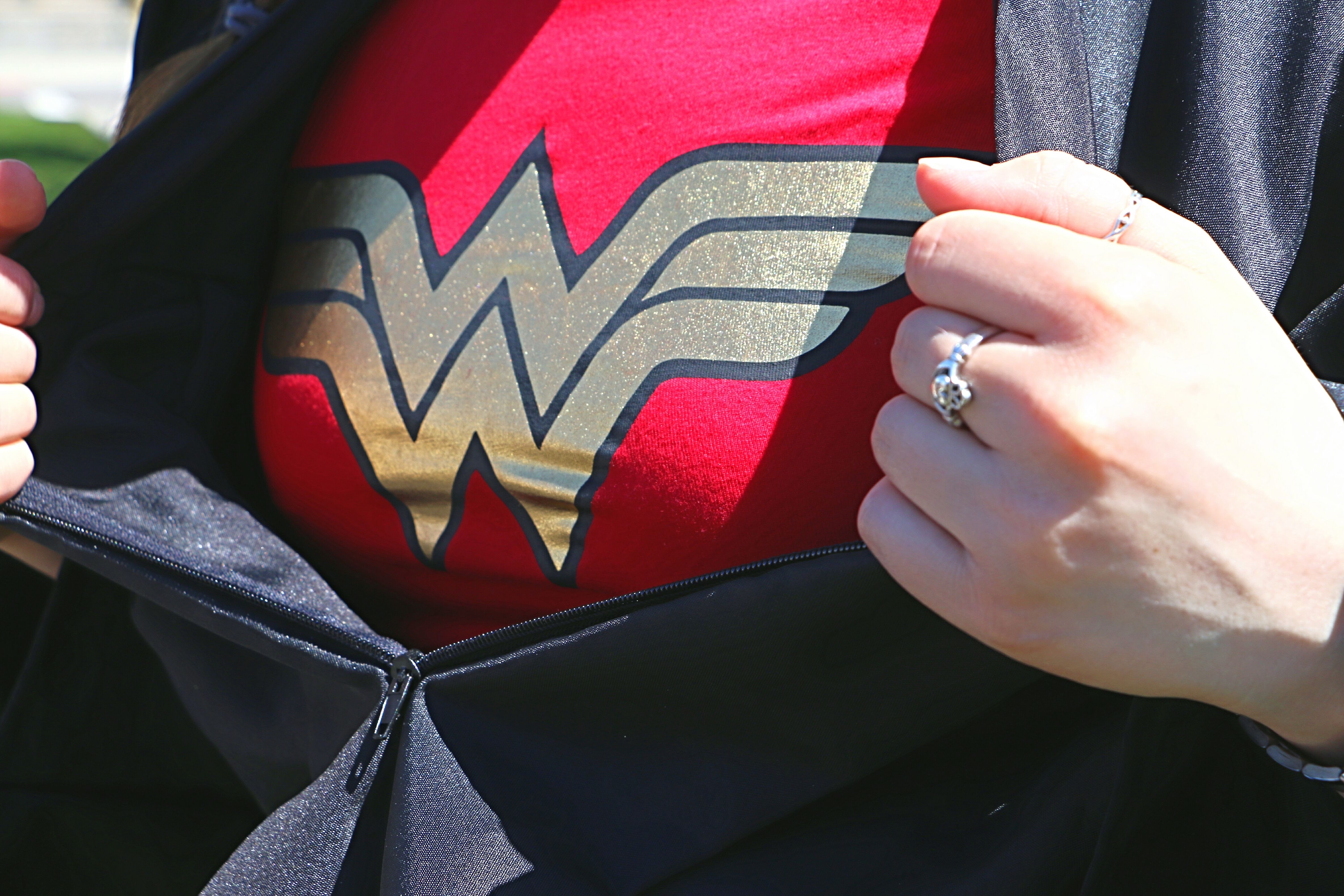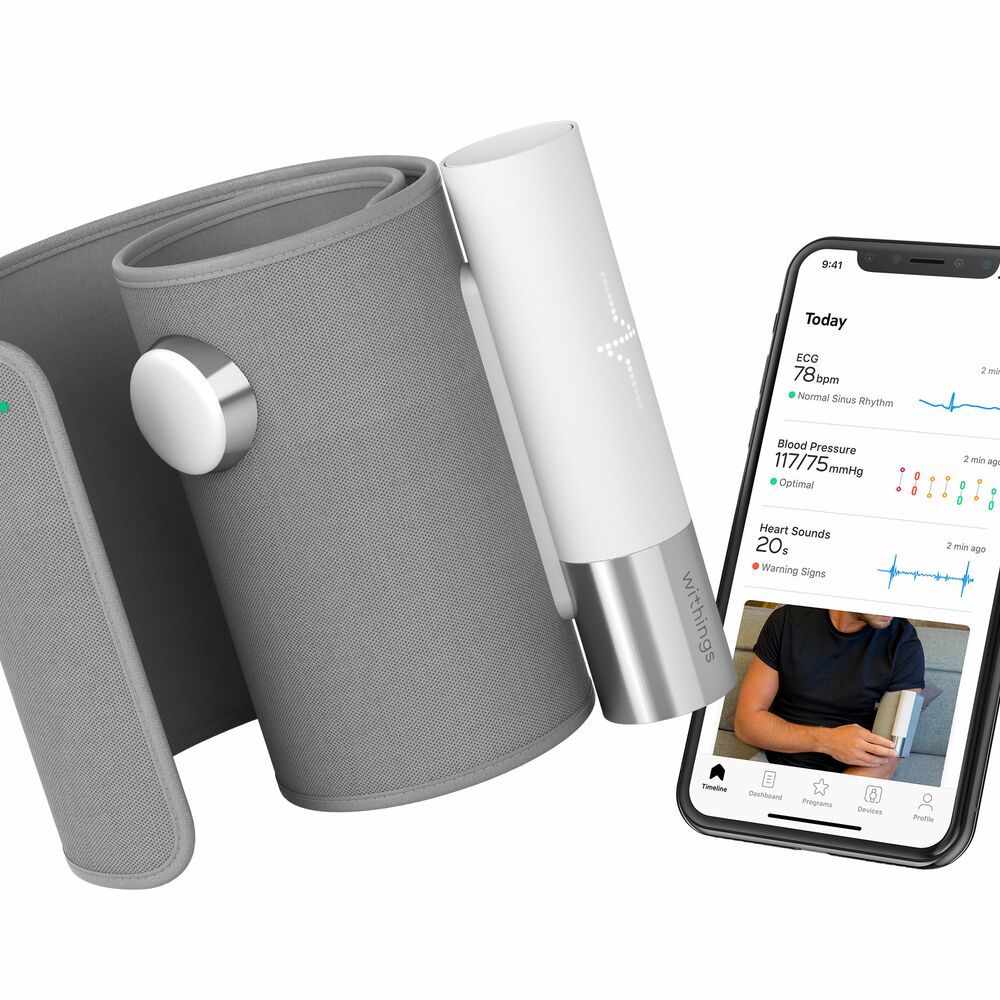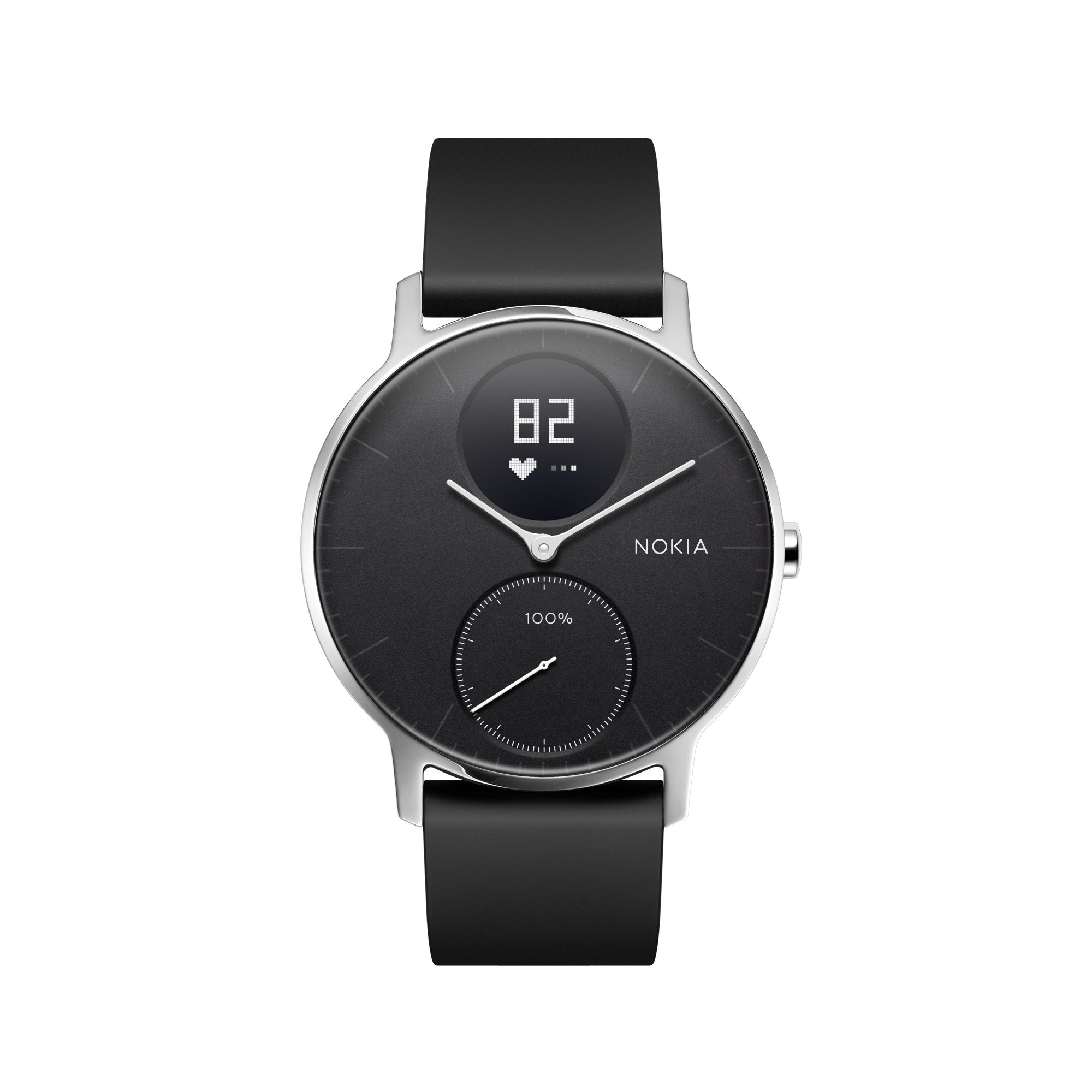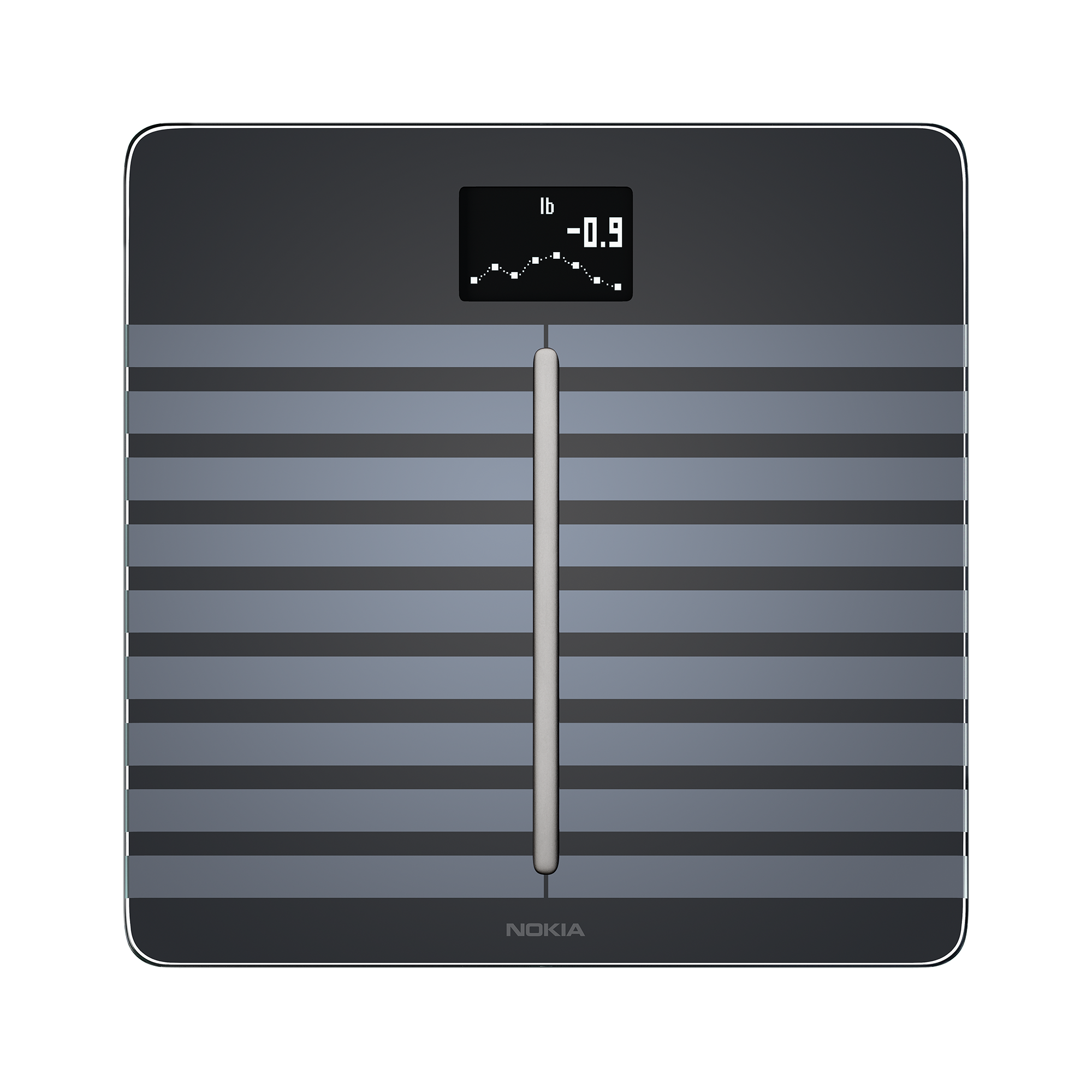
What do Wonder Woman, Leonardo da Vinci, and Kevin Smith have to do with blood-pressure monitoring? Read on to find out.
You know that our blood pressure monitor—which, no lie, appeared on a recent episode of “The Flash” and was even recommended by director Kevin Smith (thanks, Kevin!)—is great for tracking your blood pressure at home. But how did the practice of monitoring your blood pressure begin? Turns out blood-pressure monitoring has a long—and sometimes weird—history. Join us as we slap on some amazonium bracelets and lasso some truth.
100–200 A.D.
Galen of Pergamum, an influential Greek physician, proposes the existence of a circulatory system in humans. He’s forward-thinking in some ways—he’s the first to demonstrate that arteries carry blood, not air, a popular notion at the time, and to note the differences between arterial and venous blood—and not so much in others: He believes the heart has two chambers, not four, and that a hole exists in the heart. Guess that’s what happens when you experiment only on animals. (Did we mention his version of a uterus is awfully close to a dog’s?) Still, his thinking continues to influence physicians for centuries.
~1500
More than 1000 years later, Leonardo da Vinci becomes fascinated with the heart and uses his understanding of engineering to try and understand how it functions. He describes how the arterial valves open and close, and demonstrates that—contrary to popular thought—the heart does not warm the blood. Related geekery: you might want to check out some of his anatomical drawings—they’re nifty.
1543
Flemish anatomist Andreas Vesalius publishes De Humani Corporis Fabrica (On the Fabric of the Human Body), a book he writes after studying human corpses. He identifies two chambers and two atria—and contradicts Galen’s conclusion that a hole exists in the heart.
1628
William Harvey, an English physician, becomes the first person to accurately describe circulation in the body, demonstrating that arteries and veins form a complete circuit in the body, starting and ending at the heart.
He also, it must be said, was pretty good at sucking up. Here’s his dedication to Charles I in De Motu Cordis: “Most serene King! The animal’s heart is the basis of its life, its chief member, the sun of its microcosm; on the heart all its activity depends, from the heart all its liveliness and strength arise. Equally is the king the basis of his kingdoms, the sun of his microcosm, the heart of the state; from him all power arises and all grace stems.”
1773
English clergyman Stephen Hales makes the first published measurement of blood pressure in his book Haemastaticks. He uses a device called a water manometer to measure the blood pressure in the arteries of various animals.
1817
Big news! The stethoscope is invented by French doctor René Laennec. Doctors don’t need to put their ears to patients’ bodies anymore! Bonus: With this auscultatory (which means “to listen with a stethoscope”) method, physicians can tell the difference between systolic and diastolic pressures. Plus, they’re spared the embarrassment of having to put their heads on ladies’ chests. Bonus cool hope-it’s-true history: Laennec reportedly got the idea for the stethoscope after walking in Paris and seeing children in the street playing with hollow sticks they were scratching on the ground. So there’s a vote for getting in your 10,000 steps and unsupervised play with random objects—both can lead to medical breakthroughs!
1828
In his doctoral thesis “Recherches sur la force du cœur aortique,” or “The force of the aortic heart,” published in 1828, French physicist Jean Poiseuille is the first to show how to measure blood pressure with a new invention, the U-tube mercury manometer. He tests the device on the arteries of horses and dogs. The measurement he uses, mmHg (millimeters of mercury), is still used in blood pressure readings today.
1854
German physiologist Karl von Vierordt invents the precursor to today’s blood-pressure cuffs, the sphygmograph—the name is taken from the Greek words for “pulse” and “write.” The device uses weights and levers and is the first device to estimate blood pressure externally.
1856
French surgeon J. Faivre makes the first recorded direct measurement of arterial blood pressure in a human during a limb amputation. He connects a U-shaped manometer tube with a brass canula, which is then plugged directly into the patient’s artery—ouch. While groundbreaking, the procedure is, needless to say, pretty invasive.
1896
Italian internist Scipione Riva-Rocci introduces the first blood pressure monitor—a mercury sphygmomanometer (try to say that three times fast)—with a cuff that actually encircled the arm. It was made with everyday objects, including an inkwell, copper pipe, bicycle inner tubing, and, of course, one not-everyday object: mercury.
1905
Russian surgeon Nikolai Korotkov gives a presentation to the Imperial Military Medical Academy, precisely describing the non-invasive measurement of blood pressure in just 281 words. His groundbreaking technique for determining both systolic and diastolic blood pressure levels using the Riva-Rocci cuff involves—see if this sounds familiar—inflating a cuff wrapped around the upper arm until circulation stops, and then reducing the pressure while listening to a stethoscope placed under the cuff. The sounds produced during the process are still called “Korotkov sounds” today.
1917
William Marston takes the systolic blood pressure test one step further, exploring whether it can be used to detect deception. He becomes interested in the subject after his wife, Elizabeth, mentions that when she gets angry or excited, her blood pressure seems to climb. (Here’s Marston’s paper in The Journal of Experimental Psychology.) The test later becomes a component of the first polygraph, or lie detector, test invented by John Augustus Larson.
Marston’s other, arguably more famous invention? Wonder Woman. Who, incidentally, was originally named “Suprema.” Marston, hired as a consultant for the company that would eventually become DC comics, proposed a new kind of superhero as a counterpoint to the male superheroes of the day. According to Boston University’s alumni magazine, Elizabeth said, “Fine, but make her a woman.” (Thanks, Elizabeth!)
1974
Japanese company Panasonic releases the first digital oscillometric device designed to measure both systolic and diastolic pressures.
2011
French company Withings (hey, that’s us!) releases the Smart Blood Pressure Monitor, which can be plugged directly into an iPhone, iPad or iPod Touch. The measurements are automatically uploaded and synced with the user’s account and made available anytime, anywhere.
2014
After the success of the Smart Blood Pressure Monitor, Withings launches the Wireless Blood Pressure Monitor. It loses the need to plug-in by offering Bluetooth technology, and can be used with Android or iOS devices.
2016
Withings releases an optional in-app upgrade: an integration with Hy-Result, so users of the BPM can follow a proper 5-day blood pressure protocol. At about the same time, Penn Jillette writes the world’s first sexy blood pressure article.
2018
Our BPM is featured on a Season 4 episode of the CW show “The Flash.” After we tag him on Twitter, director Kevin Smith explains the selection process.
I was unfamiliar with the product when we shot this ep. The Props Dept. gave me options; I picked your cuff simply because it looked futuristic. 2 weeks later I had my heart attack. Ever since then, I have used your awesome device nearly every morning to track my BP. #ProudOwner https://t.co/SQRemkeLyB
— KevinSmith (@ThatKevinSmith) August 21, 2018
Again, thanks, Kevin! We’re happy to help.
2019
Withings announces the release of BPM Core, a smart blood pressure monitor with a digital stethoscope and ECG, and BPM Connect, the simplest way to accurately measure your blood pressure and monitor it over time.
What will be next in the world of blood-pressure monitoring? No one can see into the future, but we’re hard at work to develop more advancements in connected health monitoring. Stay tuned.






